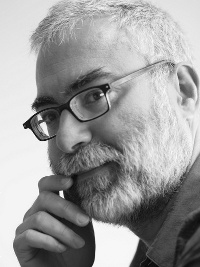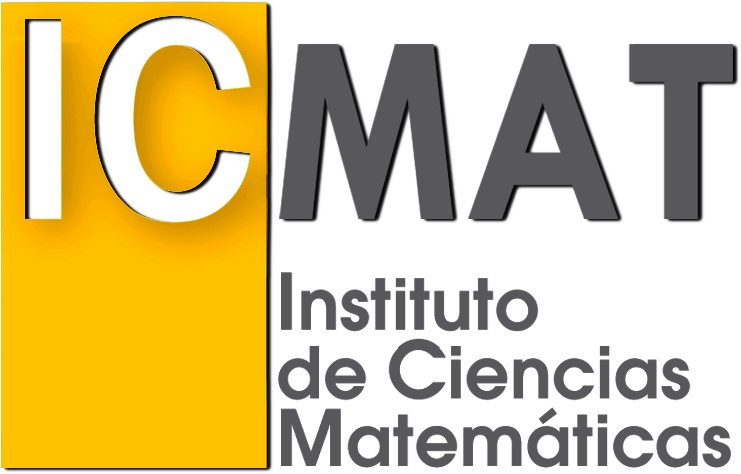
Research Scientist ICMAT (CSIC)
+34 91 29 99 789
Member of the research group GEOMAP


Research Scientist ICMAT (CSIC)
+34 91 29 99 789
Member of the research group GEOMAP

My main research interest lies in Arithmetic Geometry, where Geometry meets Number Theory. More concretely I'm interested in Arakelov Geometry, Motives and Regulators.
Arakelov Theory is at the cross road between Number theory, Algebraic Geometry and Complex Analysis. In Arakelov Theory one considers arithmetic varieties. That is, flat varieties defined over the ring of integers. An arithmetic variety can be seen as continuous family of varieties, indexed by primes. The main idea behind Arakelov Theory is that we can compactify such varieties by adding, as fiber at infinity, the corresponding complex variety. The union of the arithmetic variety and the complex variety should behave like a complete algebraic variety. Thus, geometry over the integers (Number Theory) together with analysis on the added fiber (Complex Analysis) should behave like geometry over a compact variety (Algebraic Geometry). In this way any theorem in algebraic geometry has an analogue in Arakelov geometry that links Number Theory with Complex Analysis.
Singular cohomology associates, to each topological space, several algebraic invariants that allow us to study them and unveil its properties. In analogy with singular cohomology, fueled by the quest to prove Weil conjectures, several cohomology theories have been introduced to study algebraic varieties: de Rham cohomology, étale cohomology, singular cohomology of the associated complex space, crystaline cohomology ... These cohomology theories, although of very different nature share many properties. These common features led A Grothendieck to postulate the existence of the theory of Motives that underlie all cohomology theories. The search for a theory of motives has proven formidable and we do not have yet a general theory of motives. Nevertheless, many results have already been obtained and the theory of motives is a rich research field with many connections to other areas of Mathematics and Theoretical Physics.
The regulator map is a generalization of the logarithm that links algebraic K-theory and motivic cohomology on one hand with fancy cohomology theories like Deligne cohomology and syntonic cohomology on the other. A regulator appears already in Dirichlet units theorem and in Dedekind class number formula. It is a key ingredient in Beilinson and Birch Swinerton-Dyer conjectures that link beautifuly arithmetic, geometry and analysis.
Besides mi work in Arithmetic Geometry, I have also made contributions in Computer Vision and Quantum Chemistry.